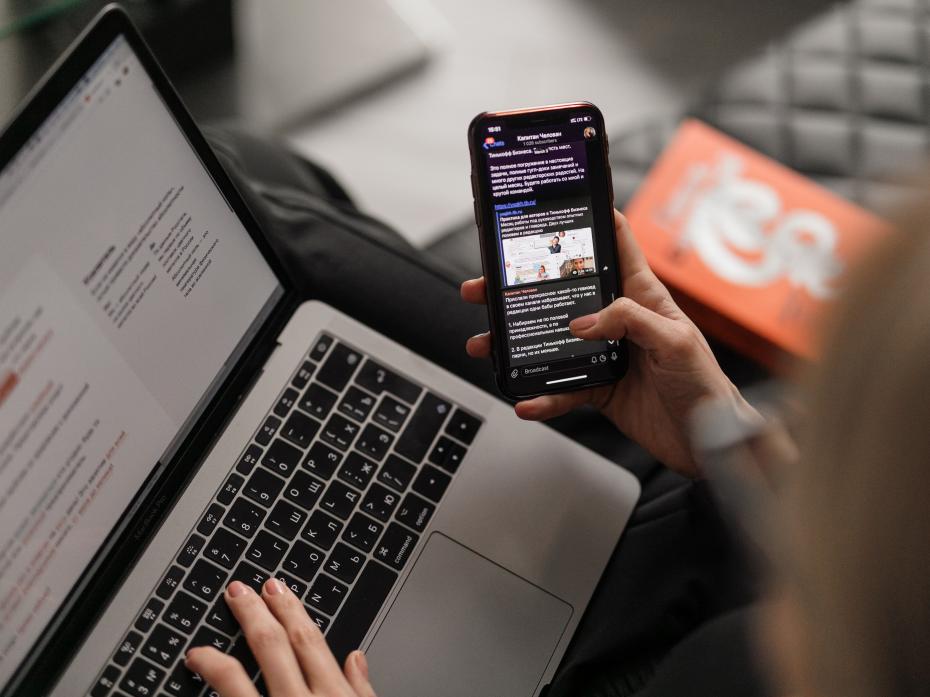
Making feedback effective for your students and efficient for you

Feedback is crucial for students, but it may also take a lot of time for professors, especially when they face large cohorts and must concurrently manage an increasing diversity of duties. So, it is important to think carefully about it, in order to find efficient ways to deliver good and useful feedback to students. Achieving this goal relies on appropriate communication to students and thoughtful integration of feedback into the overall course design.
Explain to your students what feedback is – and why it is important
Students often associate feedback with assessment, or even grading. They consider that feedback corresponds to explaining a mark – and, accordingly, they sometimes try to use this feedback as a basis to negotiate the latter.
- Designing assessments to support deeper learning
- Feedback rather than ranking: how to start ungrading in order to improve learning
- Designing ‘knowledge checker’ quizzes that motivate students to review feedback and revise learning
Of course, most students also see feedback as a way of learning, especially when they have received a low grade – students rarely complain about a lack of feedback when they perform very well. Still, to ensure that they get the most of all the feedback opportunities that they are exposed to in their curriculum, it is crucial to explain to them that it is actually part of their learning. It is similarly crucial that they understand that they can benefit not only from feedback that is aimed at them directly, but also from feedback delivered to others. For instance, many do not pay enough attention to the feedback provided at the end of other students’ presentations. This later results in them making mistakes that they could have avoided.
So, taking time at the beginning of a course to explain or recall what feedback is, how it will occur and what form it will take in the context of the course, and how they can all learn from it, is all but a waste of time.
Individualised or collective feedback?
Individualised and collective feedback are often opposed (“should I deliver one or the other?”), while they are indeed complementary. A careful reflection about the type of feedback delivered to students when designing your course is thus necessary to find an appropriate and timely mix that would match the course pace and objectives.
For instance, if your students work individually or in teams on a semester-long project, you may adapt the nature of feedback as the project moves forward. Individualised feedback – namely, for an individual student or a team – may be essential at the beginning of the project to guide them as precisely as possible and avoid any critical mistakes. However, later in the semester, it is possible to implement a more collective feedback, which will benefit the students while enabling professors to be more efficient in this critical, yet potentially highly time-consuming task.
Collectively analyse past years’ mistakes
A way to deliver collective feedback is to work collaboratively with students to analyse work from previous years. To do so, I often present in class anonymised documents that I have annotated. I progressively go through them by either commenting or asking my students to identify and comment on the issues. By using an anonymised document created by former students, I do not hurt the current students’ feelings, and neither do they hurt anyone in the classroom when commenting on it. This facilitates the discussion.
When we have finished, I explain to my students that this feedback should help them understand their own mistakes and the grade that they receive once the feedback has been delivered, if the work was graded, because we have described most if not all the mistakes that usually appear in this type of work. They are obliged to go back to their work and compare it with the comments we have just made. I also explicitly state that I am available to provide them with more personalised explanations on their mistakes if they need.
Prepare part of your feedback ex-ante, then personalise it
Another way to efficiently deliver impactful and useful feedback for your students is to combine comments that would apply to many of them with more specific and personalised contents. It is possible to identify over time the regular mistakes that students make when taking an assignment. Thus, I have created snippets of text, audio or video that contain generic comments on those mistakes, and that I include in my feedback. I combine these with more tailored comments in which I directly address students. This provides them with extensive feedback, which takes less time to prepare.
Such a method can be useful when several professors teach the same course. If the common part of the feedback is shared among the teachers, it guarantees more homogeneous and coherent feedback to students across the classes.
Students need useful feedback that they can learn from. All the same, it is important they feel that you care and are available for them when necessary. In other words, even if you have carefully designed your feedback scheme before the course, do not hesitate to be flexible if you notice that it does not work. Try and adapt it to the benefit of your students, while keeping your workload manageable. This is a necessary balance to avoid exhaustion, a situation that would ultimately be detrimental to you, your institution and your students.
Loïc Plé is director of pedagogy and head of the Centre for Educational and Technological Innovation at IĒSEG School of Management.
If you would like advice and insight from academics and university staff delivered direct to your inbox each week, sign up for the Campus newsletter.


